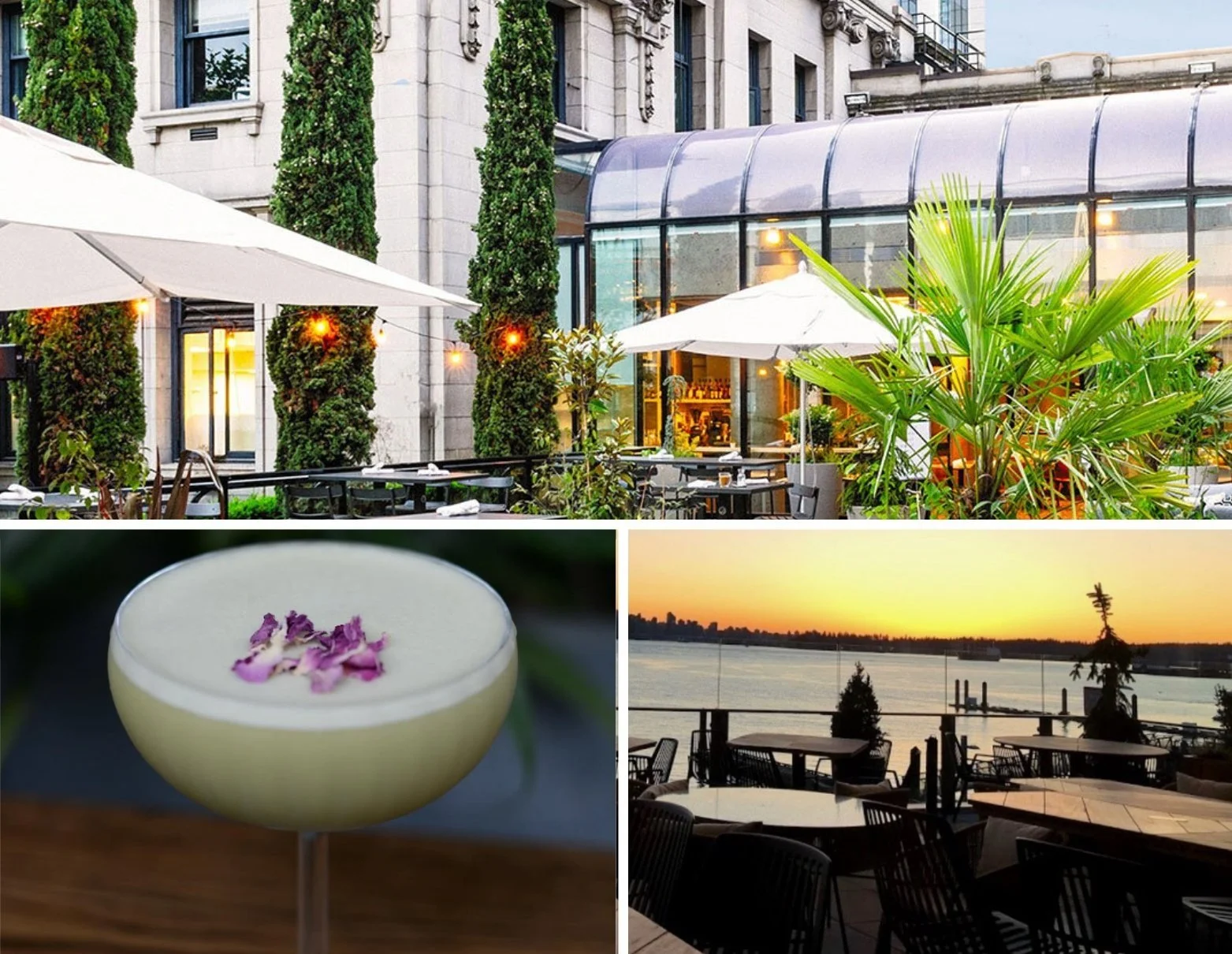Stir Q&A: Andalusian-born flamenco sensation Marco Flores dives into his art form’s “endless search”
One of the top dancers of his generation, Flores premieres Rayuela, an electrifying conversation between dancer, guitarist, and singer, at Vancouver International Flamenco Festival
Marco Flores. Photo by Paco Barroso
Compañía Marco Flores performs at the Vancouver Playhouse September 13 and 14 at 8 pm as part of the Vancouver International Flamenco Festival
COMPAÑÍA MARCO FLORES sits at the leading edge of Spain’s flamenco scene, as company in residence at the modern performing-arts centre Teatros del Canal in Madrid. But the troupe also takes its fiery shows from London to Tel Aviv—and now, finally, in a Canadian premiere, to Vancouver.
At the centre of it all is Marco Flores: a fiery performer known for his powerful footwork, sharp technique, and magnetic, expressive energy. Check out the video clip below to see why he’s considered one of the top male flamenco dancers of his generation—an artist who can hold a room with a simple, suave tilt of a matador hat.
Born in the Andalusian heart of flamenco, in the southeastern Arcos de la Frontera, Cadiz, Flores worked his way up through the tablaos and festivals of that region before moving to Madrid in 2002 to join Sara Baras’s flamenco company, eventually establishing his own troupe.
His Rayuela (Hopscotch), which premiered at the legendary Festival de Jerez in 2020, is inspired by Argentine writer Julio Cortázar’s stream-of-consciousness novel of the same name—a creative force with multiple endings, its protagonist ever seeking elusive answers. In its essence, though, it’s an ode to raw, fiery flamenco—an intimate, electrifying conversation between Flores, his guitarist José Tomás, and his cantaor José Valencia (the latter two top-notch artists playing their own concert September 15 at St. James Community Square).
Stir reached Flores in Spain with questions about his roots and his inspiration, translated from Spanish below.
You are praised for your sophisticated technique and, at the same time, for your Roma feel. What do you think of that? Are those two sides in tension or do they complement each other?
They complement each other. They are qualities that always add up.
Having lived this art in a cultural way, as part of the idiosyncrasies of the land where I was born and that later became a profession—that implies a study and total dedication based on technique, documentation, and research.
The book Hopscotch is known for its multiple endings and its endless search through unanswered questions. How did this inspire you? Does it reflect your own journey in life and flamenco?
This universe was proposed to me by Paco López, director of the piece.
We also translate it into a journey full of questions and existentialism. A search for something, but we don't know what it is. The latter is very much in connection with the character Horacio Oliveira, protagonist of the novel.
Flamenco, as an art, can become that endless search.
Compared to some of your bigger shows, Rayuela really returns to the magic between the dancer, the guitarist, and the singer. Tell me about that relationship and how you cultivate it. It seems as if the artists can almost anticipate what the other is about to do.
I find a lot of inspiration in the classic forms of flamenco: guitar, singing, and dancing. That kind of nakedness invites me to search for a new conversation or development based on traditional elements.
You work in the true centre of the flamenco world in Spain. Tell us what the challenges are and what excites you about flamenco in 2024.
Continuing in the art world professionally is already quite a challenge. The art world, as part of the reality we live in, suffers the consequences of sensationalism, instantaneousness, reproduction, and commercialism.
Following a path faithful to the meaning of art becomes difficult...
Still, in November, I premiere my new Tierra Virgen at Madrid’s Teatros del Canal—a ritual through the popular, the traditional, and the sacred. ![]()













